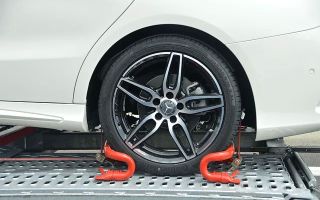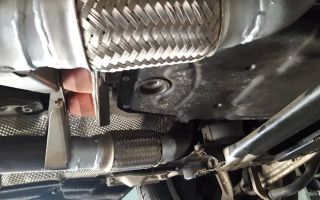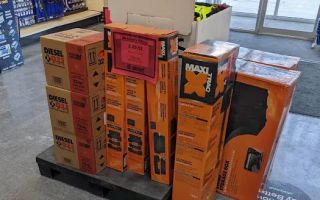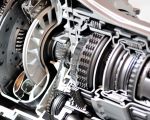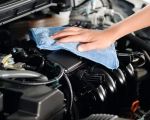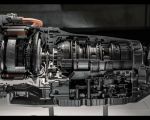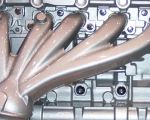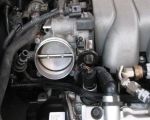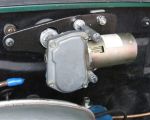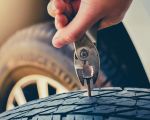How to Handle a Broken Timing Belt: A Complete Guide for Drivers
- 1. What Is a Timing Belt?
- 2. Why Do Timing Belts Break?
- 3. Symptoms of a Broken Timing Belt
- 4. How to Handle a Broken Timing Belt
- 5. Real-Life Emergency Towing Scenarios
- 6. Choosing the Right Towing Service
- 7. Next Steps After Your Vehicle Is Towed
1. What Is a Timing Belt?
The timing belt is a crucial component of your vehicle's engine, responsible for ensuring that the camshaft and crankshaft rotate in sync. This synchronization allows the engine's valves to open and close at the correct times during each cylinder's intake and exhaust cycle. A functioning timing belt is vital for the smooth operation of your engine and its overall performance.
2. Why Do Timing Belts Break?
Over time, a timing belt experiences wear and tear due to the constant friction it endures from engine movement. There are several factors that could lead to a broken timing belt, including:
- Age and mileage – Timing belts typically need replacing every 60,000 to 100,000 miles.
- Improper maintenance – Neglecting regular maintenance checks can cause the timing belt to wear prematurely.
- Excessive engine heat – High temperatures can degrade the material of the belt, increasing the likelihood of a break.
- Damaged tensioners or pulleys – These parts can wear out and cause the timing belt to loosen or snap.
Understanding these factors can help you recognize when your timing belt may need attention before it breaks unexpectedly.
3. Symptoms of a Broken Timing Belt
A broken timing belt often leads to serious engine damage, which is why it’s crucial to recognize the warning signs before the belt fails completely. Common symptoms of a failing timing belt include:
- Engine misfires: The engine may run roughly or misfire due to improper synchronization of the valves.
- Loss of engine power: The engine may struggle to start or run, often stalling unexpectedly.
- Unusual engine noise: A snapping or grinding sound may indicate that the timing belt is damaged.
- Check engine light: In some cases, a broken timing belt can trigger the check engine light, though this may be due to other issues as well.
If you notice any of these signs, it’s important to get your vehicle checked immediately to prevent further damage.
4. How to Handle a Broken Timing Belt
If you find yourself dealing with a broken timing belt, here’s how you should handle the situation:
- Pull over safely: If you’re driving when the belt breaks, pull over to the side of the road immediately to avoid further engine damage.
- Turn off the engine: Stop the engine to prevent any additional damage to the internal components.
- Assess the situation: If you’re unsure whether the timing belt is broken, look for signs such as the check engine light or engine failure. However, a mechanic will need to confirm the issue.
- Call for a tow: A broken timing belt often leaves your vehicle inoperable. The safest option is to call for a professional towing service.
5. Real-Life Emergency Towing Scenarios
Imagine you’re on a long road trip when your timing belt suddenly snaps in the middle of nowhere. With no way to fix the issue immediately, it’s important to know how to get help. One of our customers, Jane, was traveling late at night when her timing belt broke unexpectedly. Fortunately, she was able to call a nearby towing service that quickly arrived, assessed the situation, and transported her car to a trusted repair shop.
This real-life example illustrates the importance of having a reliable towing service on standby when unexpected breakdowns happen.
6. Choosing the Right Towing Service
When dealing with a broken timing belt, it’s essential to select a professional towing company that can safely handle your vehicle. Look for towing services that offer:
- 24/7 availability: Emergencies can happen at any time, so ensure the towing company is available around the clock.
- Fast response times: The faster a towing company can arrive, the less risk there is of further damage to your vehicle.
- Specialized equipment: A good towing service should have the right equipment to handle your vehicle’s specific needs, including flatbed trucks for vehicles that can’t be driven.
- Reputation and reviews: Look for companies with positive reviews and a strong reputation for reliability and customer service.
Choosing the right towing company is crucial for ensuring your vehicle is handled properly and safely.
7. Next Steps After Your Vehicle Is Towed
Once your vehicle is towed to a repair facility, the next step is to assess the extent of the damage. In the case of a broken timing belt, you may also face issues such as bent valves, damaged pistons, or other engine components that were affected by the failure. A professional mechanic will provide you with a detailed diagnosis and recommend the necessary repairs.
In some cases, replacing the timing belt may be straightforward, but in more severe cases, additional engine repairs may be needed, which could increase the cost. Make sure to work with your mechanic to understand the full scope of the work required.
If you're in need of reliable towing services, visit Rescue & Towing for fast, professional assistance. Our team is available 24/7 to help you with towing and emergency services.


